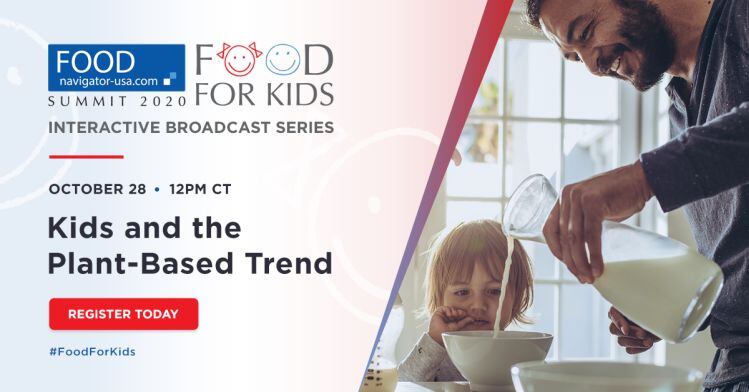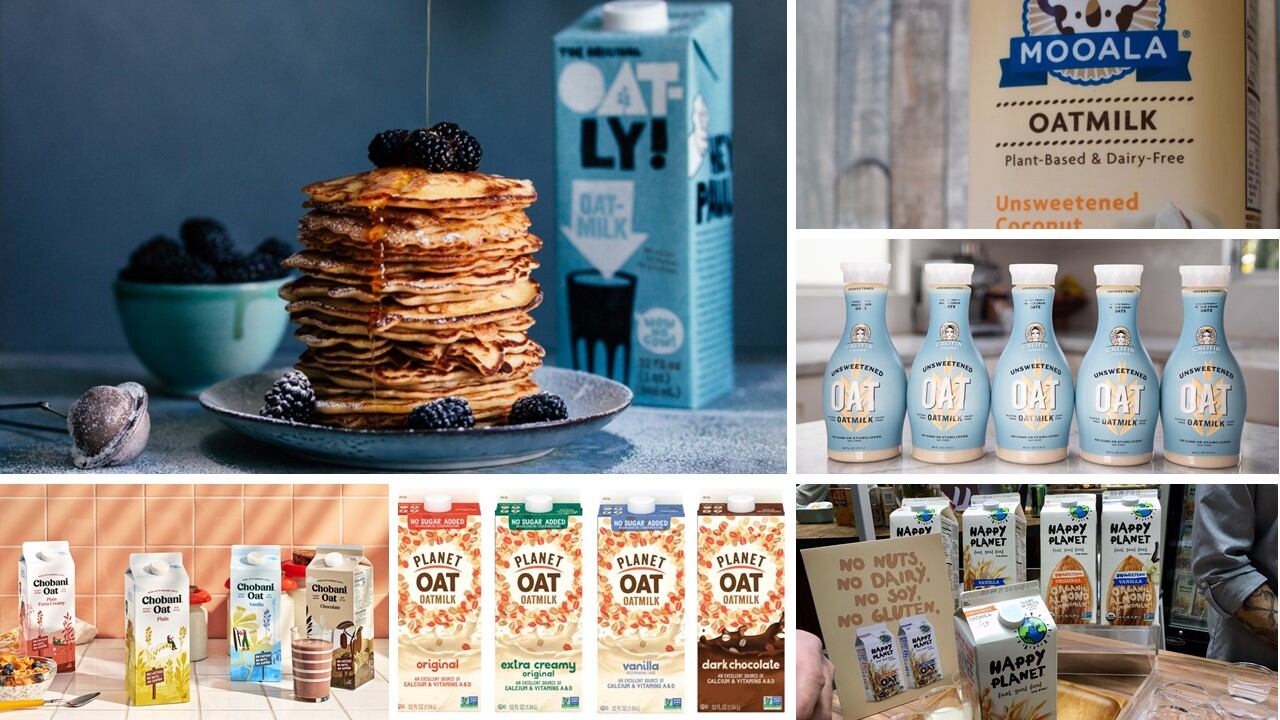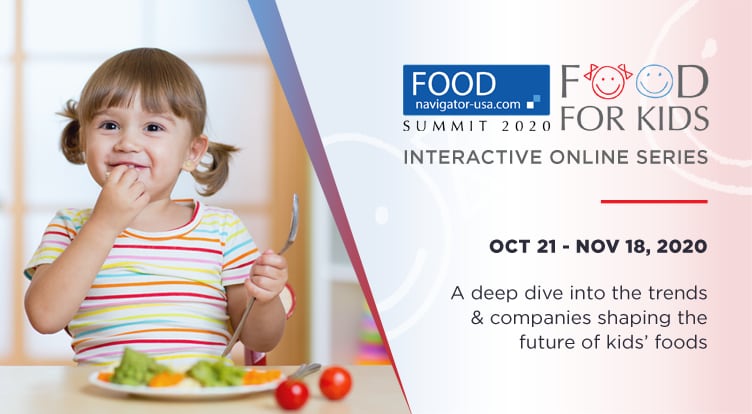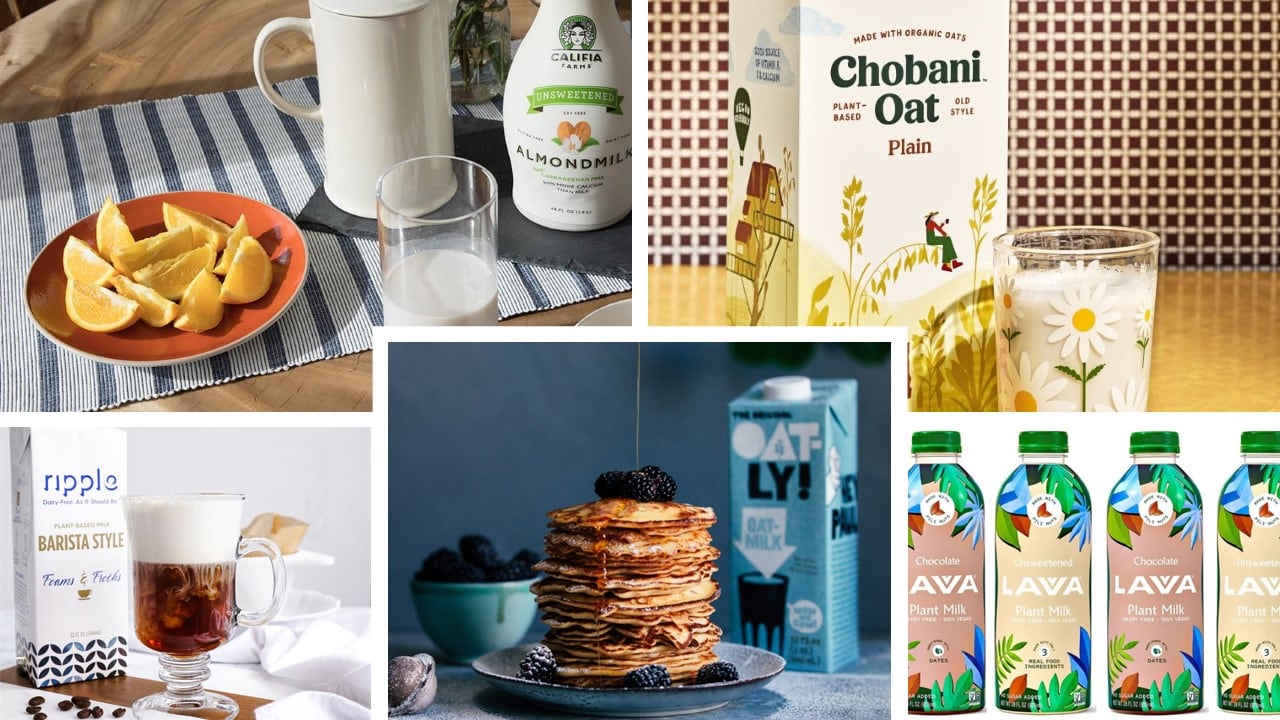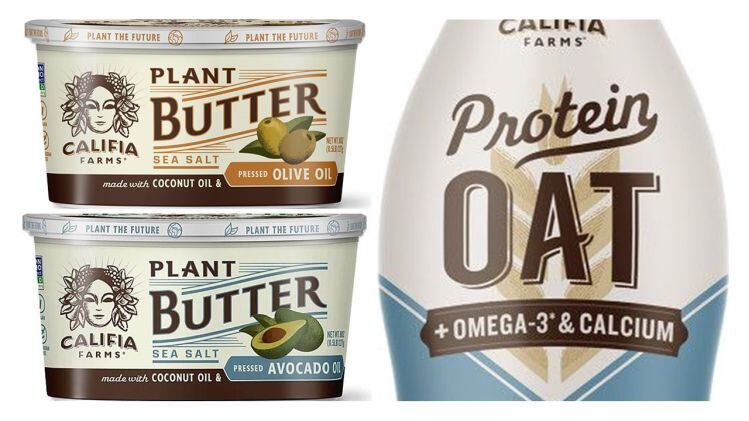FoodNavigator-USA (FNU) caught up with Ben Rutten (BR), global business manager milk at DSM; and Jesse Beam, technical service manager at DSM (JB), to talk fortification, and to learn how enzymes can be used for everything from fine tuning sweetness and viscosity to breaking down gluten that can creep into oat-based products via contamination with other grains.
FNU: When it comes to consumer preferences, are there differences in expectations between markets when it comes to oatmilk?
BR: In northern Europe, for example, I’d say products are a bit less sweet, whereas in southern Europe the preference is for sweeter products.
FNU: Do consumers expect oatmilks to be fortified with vitamins and minerals?
BR: We see interest in B12, B2 and calcium to up the nutritional profile of these products, and I’d say interest in the US for fortification of these products is increasing, and also in Europe, but a little bit less in APAC.
In the US, I’d say going forward producers are going to have to make sure that they meet consumer expectations around nutritional value, and when we’ve polled consumers of oatmilk, 44% say we’re not just open to fortification but we actively want it, so now, there’s an opportunity there for customers to differentiate. But at a certain point [as plant-based products increase their market share], we think it will become an imperative.
What we’ve seen in our research is that 85% of people following a so-called elimination diet – whether it’s vegetarian, vegan, gluten-free or whatever - are also aware that they may be missing out on essential nutrients such as vitamins or micronutrients… so they are looking for these nutrients [in plant-based products].
FNU: Can you talk through the typical production process for oatmilk?
JB: Most companies start with milled oats, and then add water and put it through a liquefaction stage where enzymes such solubilize the oat starch, so that’s important for optimal processing and yield, plus it affects the mouthfeel. This step basically provides the building blocks for the next stage [saccharification].
The yield is also greatly affected by the enzymes you use in the liquefaction step, so this really makes a difference.
FNU: Are the oatmilk bases you see in commercial oatmilks all basically the same?
JB: No. The saccharification step is optional, and it’s where the sweetness of the oat drink can be influenced further [where the dextrins are broken down into the simpler sugars maltose and glucose that have to be listed as added sugar on the label], so this depends on consumer preferences.
We have one enzyme for each respective sugar, one for glucose, one for maltose, so you can fine tune your oat drink according to consumer preferences.
During the saccharification stage, proteins can also be degraded into peptides to increase digestibility and further solubilize these proteins.
FNU: The FDA now says firms making oatmilk via enzymatic hydrolysis of oats need to declare the sugars this creates as ‘added sugar’ on the Nutrition Facts panel. Has this impacted the way companies are producing oatmilk and is there a wide variation in sweetness levels?
JB: The level of sugar can be tailored depending on how you use your enzymes, so you can have any sugar profile you desire. Monosaccharides [DP1* such as glucose] and disaccharides [DP2 such as maltose] are considered added sugars [for nutrition labeling purposes], and larger molecules [eg. DP3, DP4] are not.
But you still you get some sweetness from your DP3, DP4, so if you’re able to produce more of those and get some sweetness without having to claim that as added sugar, that is something you can do by how you use the enzymes.
So often our customers are trying to maximize the DP4 and try and get as much sweetness without having to label it as added sugar.
FNU: Why is gluten is an issue in oatmilk, given that oats are naturally gluten-free?
JB: Delvo Plant PSP is a proline-specific endoprotease that hydrolyzes [breaks up] proteins such as gluten into small fragments that can be easier to digest. While oats are gluten-free, you can get contamination from grains such as wheat [which contains gluten, if for example, the same equipment is used to harvest oat and wheat crops in neighboring fields, or if products are stored close together].
Internationally, we see 5-10% of wheat contamination in oats, which leads to gluten levels of 40-50ppm in oat drinks. We found in our market research that 30% of oat drinks contain well above 20ppm [in the US, to be considered gluten-free, you need less than 20ppm].
FNU: Can enzymes ‘unlock availability of minerals’ that are naturally found in oats?
BR: Yes, so oats contain phytic acid, which is a strong chelator of minerals such as iron, zinc, magnesium, and calcium [eg. it impairs their bioavailability]. By adding Delvo Plant PHY enzyme you can enhance the bioavailability of these minerals.
FNU: Can enzymes impact the texture and viscosity of oatmilk?
JB: Delvo Plant BGL can be used all the way through the process and it influences viscosity and reduces sliminess and makes for easier processing.
BR: We also have a product called ModuMax that gives a nice creaminess to oatmilk.
* DP stands for degree of polymerization, so simple sugars such as glucose are DP1, while more complex sugars have a higher DP number. Read more about DSM’s Delvo Plant enzymes for plant-based milks here.
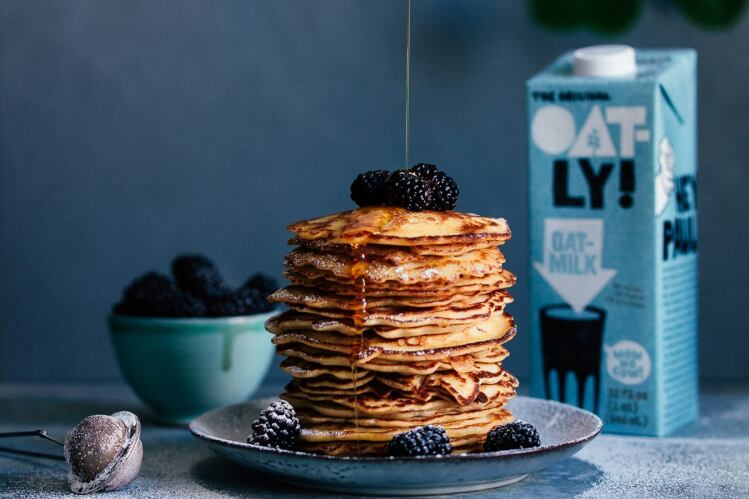
US retail sales of plant-based milk rose 17% to $2.362bn in measured channels in the year to September 6, 2020, according to new data from SPINS, which shows oatmilk - a relative newcomer - edging past soymilk to take the #2 spot in the category behind market leader almondmilk.
FREE webinar Oct 28: Kids and the plant-based trend
Plant-based milks now account for 14% of the fluid milk market in the US. But are these just for adults? Where is the opportunity in plant-based for kids, and do parents expect these products to match the nutrition of dairy milk? And do kids like them?
Find out in the second webinar in our FOOD FOR KIDS online series, Kids and the plant-based trend (Oct 28, 10am Pacific time) featuring:
- Marlena Hidlay, early life nutrition segment lead, DSM North America
- Adam Lowry, co-founder and co-CEO, Ripple Foods
- Kyle Gaan, research analyst, The Good Food Institute
- Kristie Middleton, VP business development, Rebellyous Foods
- Jaime Athos, president and CEO, Tofurky
- Hema Reddy founder and CEO, Crafty Counter (Wundernuggets)
- Mark Fahlin, business development manager, Cargill
